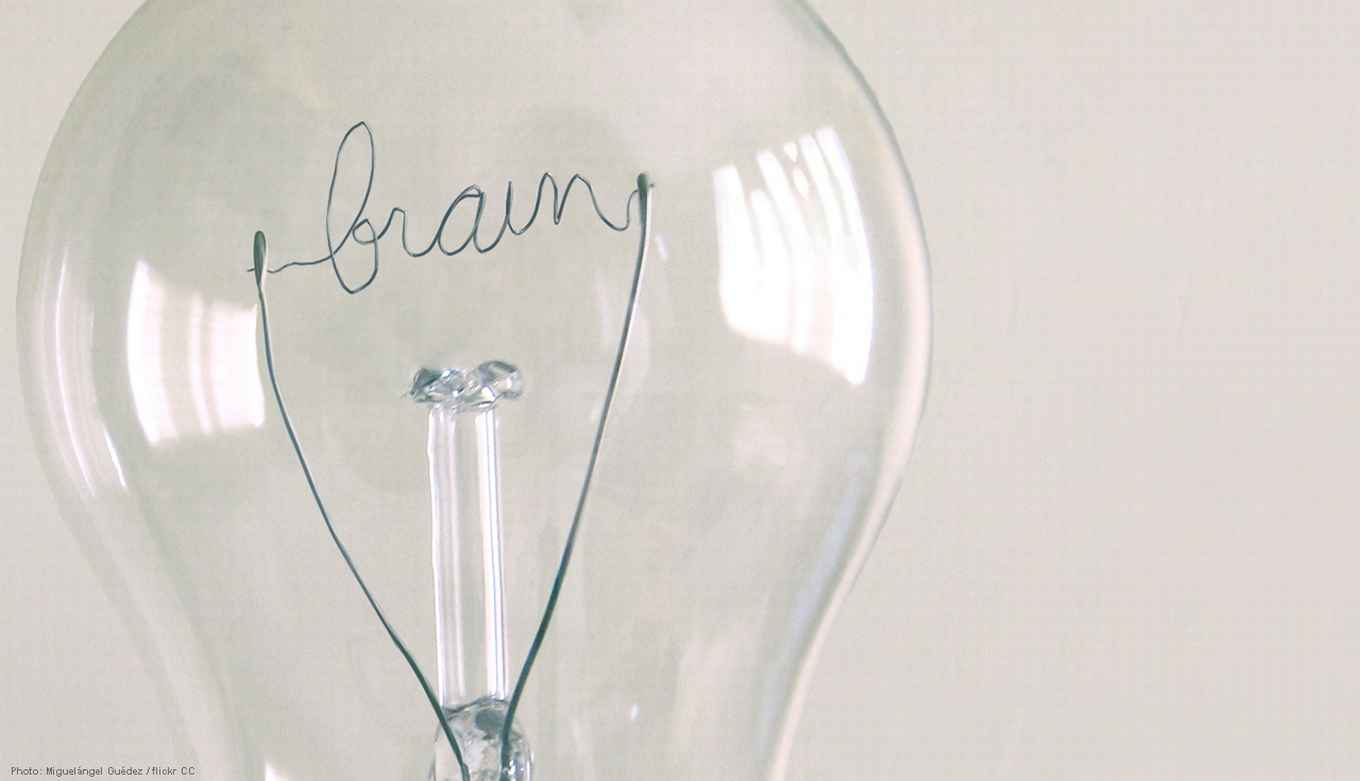Expectations influence both pain perception and learning about pain
30 October 2018

Jepma and her colleagues conducted two experiments in which they administered painful heat to participants and monitored participants’ experienced pain and pain-related brain activity. To study the effects of expectations, participants first learned to associate specific visual cues with specific heat levels – some cues were associated with high heat and others with low heat levels. In the next, crucial stage of the experiments, the cues were followed by heat stimulations, but – unbeknown to the participants – the cues no longer predicted the heat intensity. This allowed the researchers to study whether the cues influenced participants’ pain experience. They also investigated whether, over time, participants learned that the cues were no longer predictive of the heat.
The heat stimulations were administered to participants’ arm or leg with a thermode, a metallic plate that can become painfully hot. The stimulations are painful but safe.
Confirmation bias
The researchers found evidence for two mechanisms that together can create persistent expectations about pain despite evidence to the contrary. First, expectations influence pain perception: the more pain we expect, the more pain we experience. Second, there is a bias in the learning process: when new pain experiences contradict our initial expectations, we learn less from these experiences than when new experiences confirm our expectations. When perceived pain was higher than expected, participants were more likely to increase their pain expectation if they had been cued towards high pain than low pain. ‘This was also the case for positive expectations: if experienced pain was less than expected, participants were more likely to lower their expectations for the next trial when the heat was preceded by a low-pain cue’, says Jepma. In both cases, participants learned more from information that was consistent with their initial beliefs, and ignored evidence that challenged these beliefs. This phenomenon is commonly known as confirmation bias.
‘This confirmation bias can explain why expectations can be so persistent, even when people are confronted with evidence that contradicts their expectations’, Jepma adds.
Negative and positive implications
This process can have negative and positive implications. Jepma: ‘For example, if after undergoing surgery you expect walking to be painful, but when you walk it actually does not hurt, you might be inclined to discount that experience as a coincidence rather than realizing that you are recovering. Conversely, if you expect pain relief but do not experience less pain, you may attribute this to ‘having a bad day’ rather than realizing that the treatment you’re taking is not working. These processes possibly play an important role in the development of chronic pain.’
Publication details
Marieke Jepma, Leonie Koban, Johnny van Doorn, Matt Jones en Tor D. Wager: ‘ Behavioural and neural evidence for self-reinforcing expectancy effects on pain’, in: Nature Human Behaviour, 29 October 2018. DOI: https://doi.org/10.1038/s41562-018-0455-8.